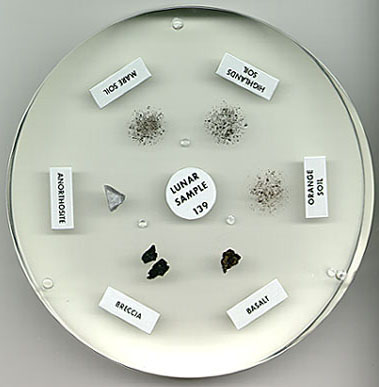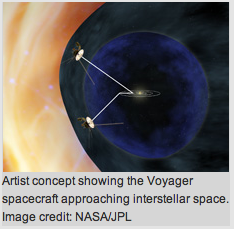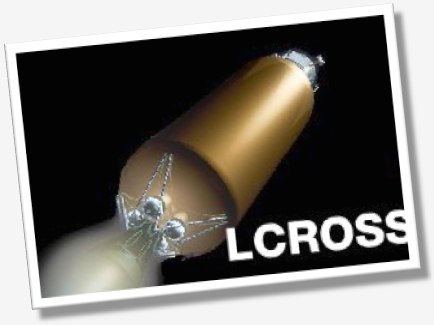It’s 2011 — NASA’s Year of the Solar System! Join us on a cosmic road trip to explore solar system mysteries and share in the thrill of discovery at an exciting new workshop for educators of all grade levels.
NASA’s Discovery and New Frontiers missions are traveling vast distances to find answers to age-old questions. These celestial detectives are revealing how our solar system formed and evolved, doing brilliant science with “way cool” technologies!
• See sights never before seen on Mercury: MESSENGER!
• Get up close to asteroids and comets: Dawn, Stardust-NExT and EPOXI!
• Map the moon’s gravity with twin satellites: GRAIL!
• Peer through Jupiter’s clouds: Juno!
• Cruise to the outer reaches of the solar system: New Horizons!
Hear from mission scientists and engineers, discover engaging activities for grades K-12 classrooms and out-of-school time programs, and receive a resource book loaded with activities and links.
Details
When: Saturday, March 19, 9 a.m. to 2 p.m. at each location listed below.
Where:
• NASA’s Jet Propulsion Laboratory, Pasadena, Calif.
• NASA’s Johnson Space Center, Houston, Texas.
• Jackson Middle School Observatory, Champlin, Minn.
• Johns Hopkins University Applied Physics Laboratory, Laurel, Md.
Cost: $25 (lunch and snacks included).
Special Speakers
- Six years after launch, MESSENGER will enter orbit around Mercury on March 18. We are very fortunate to have Dr. Sean Solomon, MESSENGER’s Principal Investigator, tell us about the mission’s goals, the science findings so far, and the excitement of reaching the orbiting phase of the mission.
- The Dawn mission uses ion propulsion to visit the two largest objects in the asteroid belt. Launched in September 2007, Dawn will arrive at asteroid Vesta this July for a year-long orbit. Dawn’s Chief Engineer, Dr. Marc Rayman, will share why this mission is so unique and what scientists hope to learn.
- Juno’s quest is to aid in the understanding of the formation and evolution of Jupiter, which will help us comprehend the origin of the entire solar system. Juno will launch this August. Dr. Ravit Helled from the gravity team tells us how Juno will reveal “the giant planet story.”
Watch the speakers on the free webinar if you can’t be at one of the sites.
 Small samples of representative lunar rocks and soils, embedded in rugged acrylic disks suitable for classroom use, are available for short-term loan to qualified school teachers. Each teacher must become a certified user of the disks through a brief training program prior to receiving a disk. Educational sample disks are distributed on a regional basis from NASA field centers located across the United States. For further details, use the contact information below.
Small samples of representative lunar rocks and soils, embedded in rugged acrylic disks suitable for classroom use, are available for short-term loan to qualified school teachers. Each teacher must become a certified user of the disks through a brief training program prior to receiving a disk. Educational sample disks are distributed on a regional basis from NASA field centers located across the United States. For further details, use the contact information below.
 NASA’s Voyager spacecraft are hurtling towards the edge of our solar system, more than 10 billion miles away from our sun. Interstellar space – the medium between stars – is a region no human-made craft has ever been. On Apr. 28, 2011, a live NASA TV program will feature mission scientists discussing the distant areas Voyager 1 and 2 are exploring, 10 billion miles away from our sun.
NASA’s Voyager spacecraft are hurtling towards the edge of our solar system, more than 10 billion miles away from our sun. Interstellar space – the medium between stars – is a region no human-made craft has ever been. On Apr. 28, 2011, a live NASA TV program will feature mission scientists discussing the distant areas Voyager 1 and 2 are exploring, 10 billion miles away from our sun. 
 Applications for membership to the 2011 – 2012 INSPIRE Online Learning Community, or OLC, are now being accepted. The deadline for applying is
Applications for membership to the 2011 – 2012 INSPIRE Online Learning Community, or OLC, are now being accepted. The deadline for applying is 
 On Jan. 11, 2011, Google launched the inaugural Google Science Fair. Google has partnered with CERN, National Geographic, Scientific American and the LEGO Group to create this new STEM competition. This is a global competition open to any student aged 13-18, and students may enter as individuals or as teams of up to three. There is no entry fee. Registrations and submissions will be made online. The Science Fair will culminate in a celebratory event at Google headquarters in California in July 2011, where finalists will compete for internships, scholarships and prizes in front of a panel of celebrity scientist judges, including Nobel Laureates and household names.
On Jan. 11, 2011, Google launched the inaugural Google Science Fair. Google has partnered with CERN, National Geographic, Scientific American and the LEGO Group to create this new STEM competition. This is a global competition open to any student aged 13-18, and students may enter as individuals or as teams of up to three. There is no entry fee. Registrations and submissions will be made online. The Science Fair will culminate in a celebratory event at Google headquarters in California in July 2011, where finalists will compete for internships, scholarships and prizes in front of a panel of celebrity scientist judges, including Nobel Laureates and household names. Have you ever wondered what various geographic locations on Earth would look like from space?
Have you ever wondered what various geographic locations on Earth would look like from space?  It’s been a year since LCROSS heroically impacted the moon in search of water. The results of analysis of the impact of LCROSS on the moon have been in the news recently. You may have seen pieces on the news or read about water being discovered on the moon.
It’s been a year since LCROSS heroically impacted the moon in search of water. The results of analysis of the impact of LCROSS on the moon have been in the news recently. You may have seen pieces on the news or read about water being discovered on the moon. Call for Proposals:
Call for Proposals: